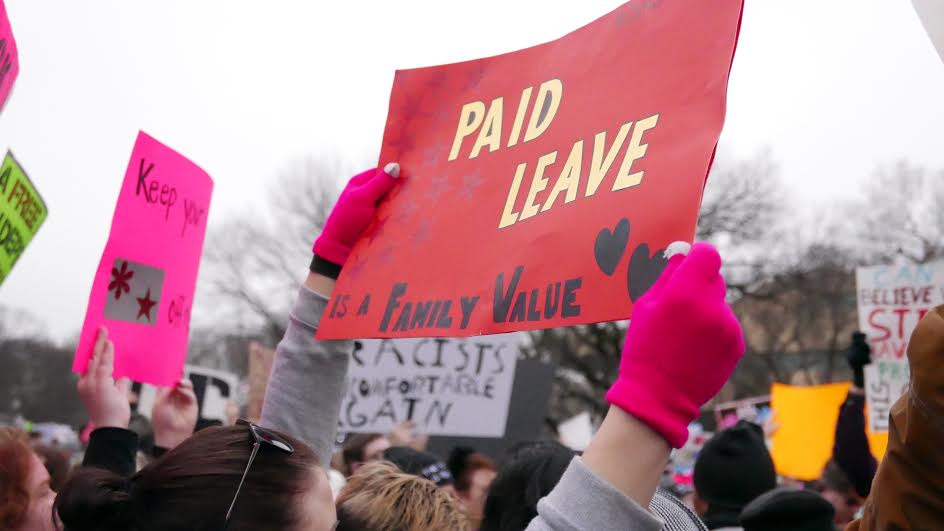Honor Women by Honoring Caregiving

by Josie Kalipeni, Executive Director at Family Values @ Work
March is Women’s History Month, a time when we honor “sheroes,” those who have dedicated their lives to gender equality. There’s a group of women whose labor, though unrecognized, is invaluable and on which so much of our lives depend. These women work tirelessly—often in the service of the same women who’ll be valorized this month—and receive little recognition, let alone adequate pay for their services. These women are our caregivers.
The workforce lost millions of caregivers in The Great Resignation, when working women were forced to choose between their jobs and their caregiving responsibilities during the height of the pandemic. What resulted was a mass exodus of women from the workforce, who had no caregiving options with schools and daycares closed. These were women without paid leave, who had to figure out whether they were putting their jobs at risk by asking for unpaid leave to care for their loved ones or heal—leave they couldn’t afford to take in the first place. These were the women who had to sacrifice their careers to care for others.
Caregiving, which can mean caring for children, seniors, people with disabilities and so much more, is often considered women’s work. Because of that, those in caregiving fields, from preschool instructors to nursing home employees, are underpaid, undervalued, and overlooked. The average hourly wage for a caregiver is less than $14. Often society doesn’t think of caregiving as work at all, especially when it’s done for a family member—although caring for a relative often means accruing additional expenses. Instead, caregiving is thought of as an innate, natural behavior that women need to express and it is ignored how depleting, disruptive and difficult the work is.
The history of caregiving in this country is also a story rooted in race. Historically, the U.S. has depended on free caregiving. For example, enslaved Black women were forced to do everything from serving as wet nurses to caring for the elderly. In fact, “sick houses,” which were makeshift hospitals on plantations, were run by enslaved Black women, who were ingeniously skilled at their work.
Even today, our care industry relies on a racialized and gendered workforce. More than three million workers in the caregiving industry are immigrants—and those immigrants are disproportionately women of color, including Latinx women. Despite the increasing need for caregivers, particularly home healthcare workers, the pay is astoundingly low, and the COVID-19 pandemic made things worse. The number of caregivers in the workforce continues to decline, but who can blame people for not wanting to risk their own lives in exchange for so little?
One way to truly honor women is by recognizing the importance of gendered labor and paying those who we entrust to care for our loved ones a thriving wage. And we can demand a federal economic plan that includes paid family and medical leave—because when that work is needed, it’s usually working women who roll up their sleeves and do the job. Women like the nation’s first Black vice president, Kamala Harris, and the nation’s first Black woman nominated to the Supreme Court, Judge Ketanji Jackson, who are both caregivers.
This Women’s History Month, let’s break gender-based economic barriers with the same enthusiasm with which we cheer for women who’ve broken glass ceilings. Let’s demand a federal economic policy that centers women—and honors the work of the unknown women of history whose caregiving labor was ignored and nearly forgotten. After all, Women’s History Month is a story about a quest for justice. Let’s do the work of fighting for and winning economic justice for our caregivers so that that story, too, can be part of women’s history.
*This piece was originally published in Ms. Magazine on March 7, 2022.